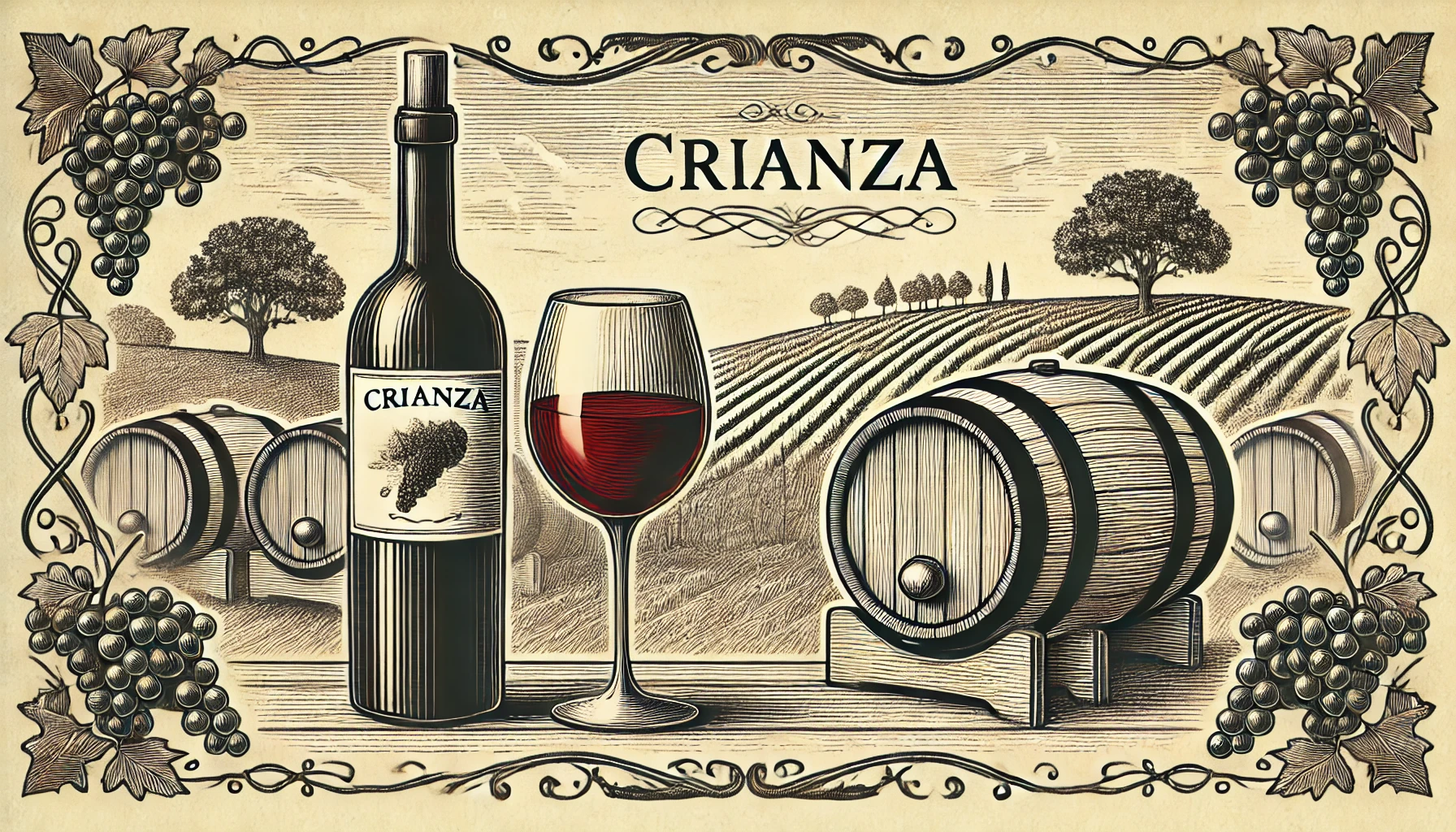
Crianza Wine Meaning
If you’ve ever come across the term Crianza on a Spanish wine label and wondered about its meaning in English, you’re not alone. In Spanish, “Crianza” translates loosely to “nurture” or “rearing,” which perfectly captures the idea behind how these wines are meticulously aged. Below, we’ll break down Crianza meaning, its unique winemaking requirements, and why Crianza wine stands out. We’ll also clarify the difference between “Crianza” in Spanish and the Portuguese word “criancas meaning ‘children.’”
What is Crianza Wine?
Crianza wine is one of Spain’s key classifications. It indicates that the wine has undergone a specific minimum aging period before being released. For red wines labeled as Crianza:
- At least 12 months in oak barrels
- An additional 12 months in the bottle
White and rosé wines designated as Crianza must spend at least six months aging in oak.
By the time you open a bottle of Crianza wine, it has already been nurtured—hence the name—for a substantial period. This deliberate aging process is designed to enhance the wine’s flavors and add complexity to its profile.
Crianza Meaning and Origin
The Spanish word “Crianza” stems from the concept of upbringing or nurture, underscoring the careful attention these wines receive during their aging process. Oak barrels imbue the wine with enticing notes of vanilla, spice, and toast. Afterward, additional bottle aging helps the tannins soften and allows all the flavors to integrate harmoniously.
It’s important not to confuse this Spanish term with the Portuguese word “criancas,” meaning “children.” While they may look similar, “Crianza” in Spanish wine culture focuses on the idea of caring for and developing the wine to reach its fullest potential.
Flavor Profile of Crianza Wine
Red Crianza wines typically use grape varieties like Tempranillo, Garnacha, or Monastrell, which bring forward bold fruit flavors—think cherry, plum, or raspberry. Thanks to the oak influence and bottle aging, these fruity characteristics gain complexity and a smooth texture. You can expect:
- Balanced acidity
- Moderate tannins
- Subtle notes of vanilla, spice, or toast
This unique combination of fruitiness and smooth, oaky undertones makes Crianza both approachable and refined.
Food Pairings
The versatility of Crianza wine truly shines during meals. Its balanced profile complements a wide variety of dishes, such as:
- Grilled or roasted meats
- Aged cheeses
- Tapas and small bites
- Tomato-based pastas and stews
The acidity in Crianza cleanses the palate between bites, while its firm yet not overpowering tannins stand up to richer foods.
Renowned Regions for Crianza
Two of the most famous Spanish wine regions known for producing remarkable Crianza are:
- Rioja: Renowned for structured reds and a long tradition of aging in oak.
- Ribera del Duero: Celebrated for its bold, robust Tempranillo-based wines.
These areas produce Crianza wines that deliver both quality and value, reflecting centuries of Spanish winemaking heritage.
Why Choose Crianza?
If you enjoy wines that strike a perfect balance between youthful fruitiness and more mature, oaky nuances, Crianza is an excellent choice. It offers a taste of tradition and craftsmanship without the higher price tags often associated with Reserva or Gran Reserva. Whether you’re a seasoned wine enthusiast or just beginning to explore, a well-crafted Crianza can serve as a welcoming entry point into Spanish wines.
Explore More Wine Terms
Want to discover more about Spanish wine classifications or other essential wine terms? Visit our Wine Wiki section to unlock expert definitions, tips, and insights that will help you navigate the world of wine with confidence!
By understanding Crianza in English, you gain an appreciation of its meaning, its careful aging process, and why it stands out. Next time you’re shopping for wine or planning a dinner menu, remember the nuanced charm of Crianza wine—it’s all about patience, nurture, and the delightful reward that follows.
[…] the full breakdown of what “Crianza” means in detail, check out this super helpful guide onCrianza Meaning. It dives deep into the aging requirements and what sets these wines apart from their younger […]